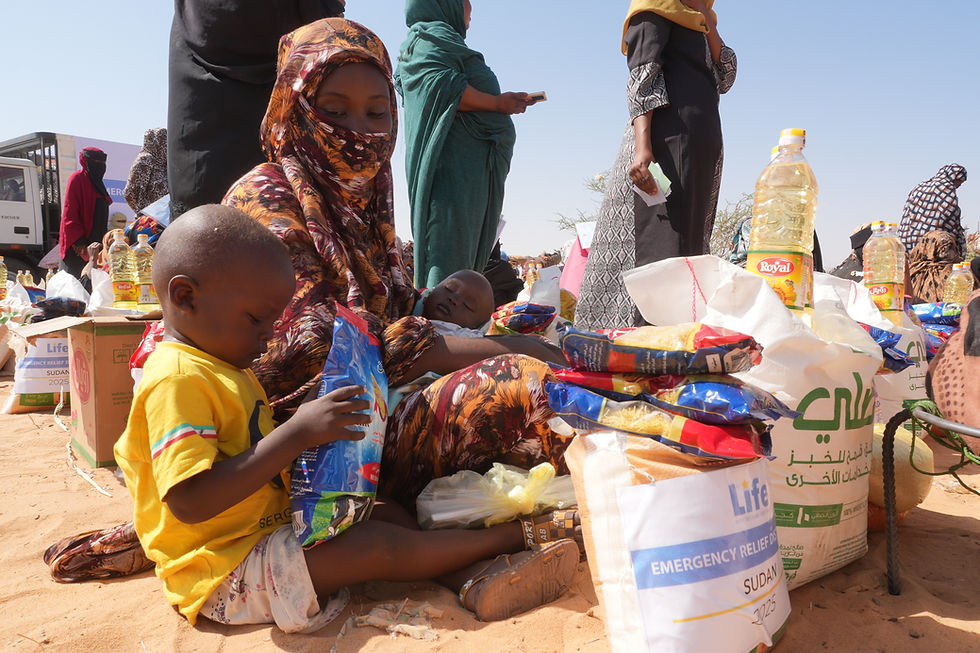Refugee, Asylum Seeker, Immigrant, and Migrant What’s The Difference?
- Life USA
- Mar 17, 2022
- 2 min read
Many times, these three words are heard and often seen as interchangeable. Knowledge is power and we can all overcome the confusion and settle the debate over how these terms are used and what they mean. When describing the plight of those on the move, it is of the utmost importance that we give respect to the difficult journey of these people. Let’s take a closer look at the distinct differences between a refugee, asylum seeker, immigrant, and migrant.
The Refugee
According to UNHCR refugees are “people who have fled war, violence, conflict or persecution and have crossed an international border to find safety in another country”. In other words, refugees are people who have, often due to a sudden and unforeseen event, had to leave their homes with as little as the clothes on their back.

A governing body of the country of refuge or the United Nations refugee agency determines the validity of a refugee claim and if found to be based on solid evidence they are given official refugee status. Once given this status they are legally given access to aid agencies, healthcare, education, the right to residence, and employment.
The Asylum Seeker
An asylum seeker is a person who considers themselves a refugee but has not yet completed the process of becoming a legal refugee in a country.

They are in a state of seeking international protection from their home country. An asylum seeker must first apply for refugee status and then prove to the authorities that they meet the criteria to be considered a refugee. Not all asylum seekers will become refugees.
The Immigrant
An immigrant is someone who makes the conscious choice to leave the country they currently reside in to resettle in a new country. This process though often lengthy and intensive is intentional, thought out beforehand, and desired by the immigrant. There are many reasons that an immigrant may want to relocate to a new country, job opportunities, a better life, higher quality of living, better education institutions, and many other reasons. If successful, immigrants can become lawful permanent residents and eventually citizens. Immigrants are free to apply to immigrate wherever they choose, and they are also able to return home whenever they would like.
The Migrant
A Migrant is a person who is traveling within their own country as well as across borders. Like immigrants, migrants choose when, where, and how they would like to relocate. Their motivation is usually economic. They are not forced to relocate; they simply would like to make the most of the opportunities that are available to them.
The Importance of Words and Why Names Matter
There are significant differences in these definitions. The most prominent one is the difference between life and death. Refugees and asylum seekers are fighting for their lives and have gone through extreme turmoil and grief to even be able to apply for refugee status. By giving them this name we acknowledge their suffering, respect their journeys, and offer them much-needed support in their time of need. We also offer acknowledgment to immigrants and the long difficult process to be able to immigrate to a new country. If we want to make a difference in the lives of these people, we must first ensure that we understand and recognize their appropriate title and more importantly the humanity behind it.




